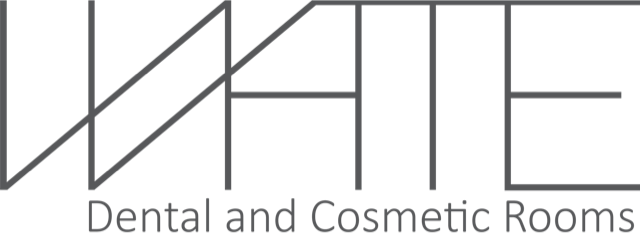Fixed braces are small squares or brackets stuck to the front surface of the teeth with wires that are then threaded into the tiny slots in the brackets and held in place by small elastics. These elastics come in many different colours and can be changed at each appointment. The brace wire will start to slowly move the teeth a into the correct position and as your teeth move the brace will need to be changed or adjusted every few months. As the teeth straighten, the wires are changed for thicker ones to help with the final adjustments.

A standard metal brace is used with the majority of orthodontic cases, and this can achieve exactly the same outcome as any other option. Private treatment opens an additional range of cosmetic options that are not available on the NHS. Please refer to our fee guide for pricing for Children and for Adults.
The advantage of using a clear brace system is that they can be almost invisible to the human eye as they are made from specialist clear ceramic materials instead of standard metals.

Get In Touch
Fitting the brace is painless, but some patients can experience moderate pain. Over the first few days, the teeth will feel slightly uncomfortable as they start to move, this is normal. You may feel that you need to take a pain killer such as Paracetamol or Ibuprofen but please follow the instructions on the packaging. Any discomfort should subside after a few days.
Sometimes, the braces may rub the inside of your mouth and start to form a small ulcer. Special orthodontic wax is available from our reception. Roll a pea size piece between your fingers to make it soft. Dry the bracket that is causing the irritation and press the wax over the top of the bracket, this will stop the rubbing. The wax is harmless if swallowed and may drop off occasionally and need replacing. The cheek or gum will soon settle down.
We recommend using a fluoride mouthwash every day throughout the treatment. Rinse your teeth very carefully for about one minute. When this time is up, spit out the mouthwash but do not rinse your mouth with water or the beneficial effects of the fluoride will be washed away.
It is vitally important to keep your teeth and gums in excellent condition. It is easy to give them a quick scrub; the secret is how to clean them properly, which is more difficult and takes time. Your Orthodontist will always check to see how well you are brushing your teeth and braces. If you are struggling to keep your teeth clean, we will let you know. Please use your normal toothbrush and time yourself for at least two minutes twice a day. Try to get into the habit of brushing the biting surfaces and along the gum edges. The final stage is to use a small inter-dental toothbrush; this looks like a tiny Christmas tree on a stick and is small enough to reach around and between the brackets and wires to remove food and plaque.
The day that your brace is fitted, we would advise starting off by eating very soft food. After a day or two you will begin to learn what you can and cannot eat. Avoid hard food such as baguettes, crusty pizzas and toast. Apples should be cut up before eating or they could cause discomfort and may break your brace. Avoid eating toffees, chewing gum and other sticky sweets. Your diet is also very important, as anything sticky and sugary stays around the brackets. Fizzy drinks are very bad, even the sugar free variety as the acids in the drink dissolves enamel on the teeth.
If any part of your brace breaks it is very important to contact the Practice on 0203 815 5142 or via the website and arrange an emergency appointment. Any delay in doing this may lengthen your overall treatment time.








